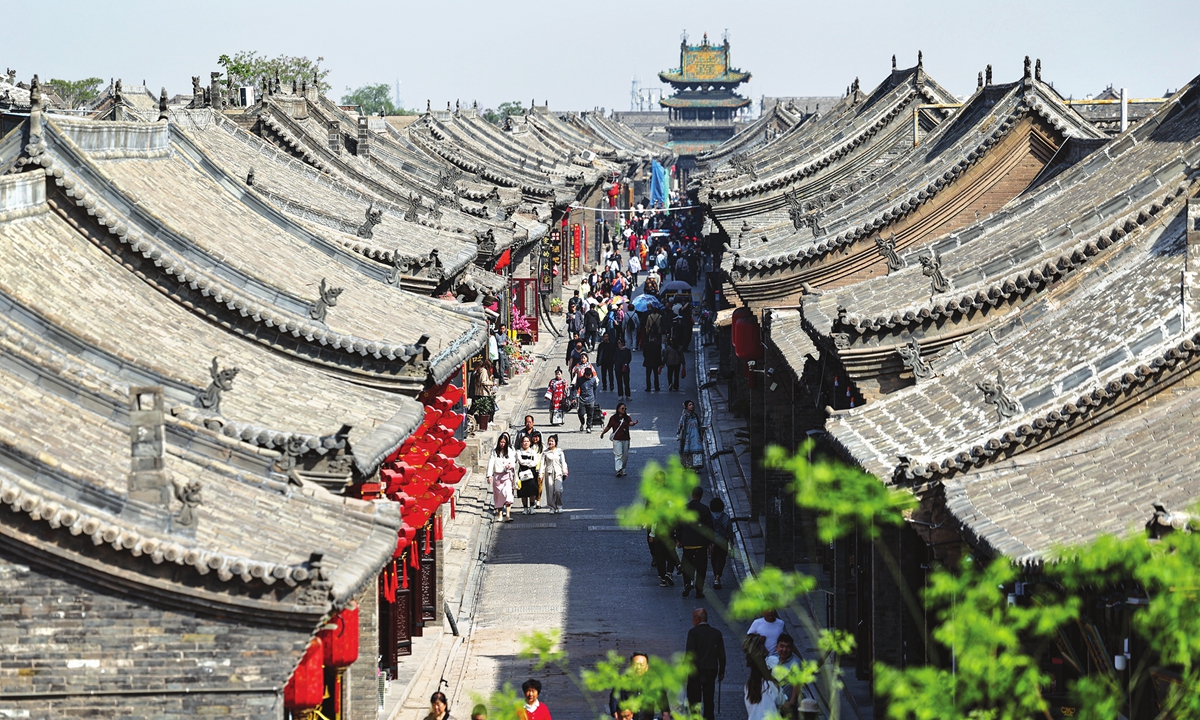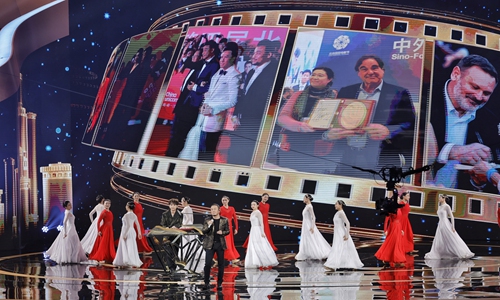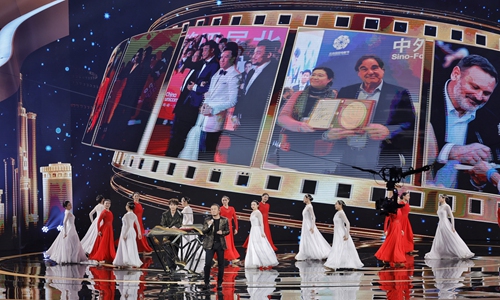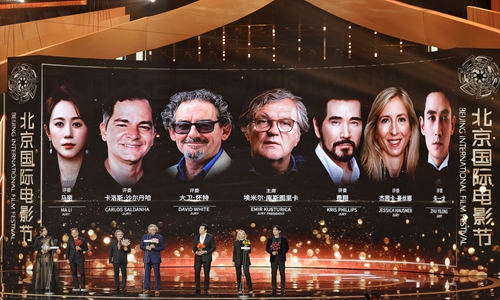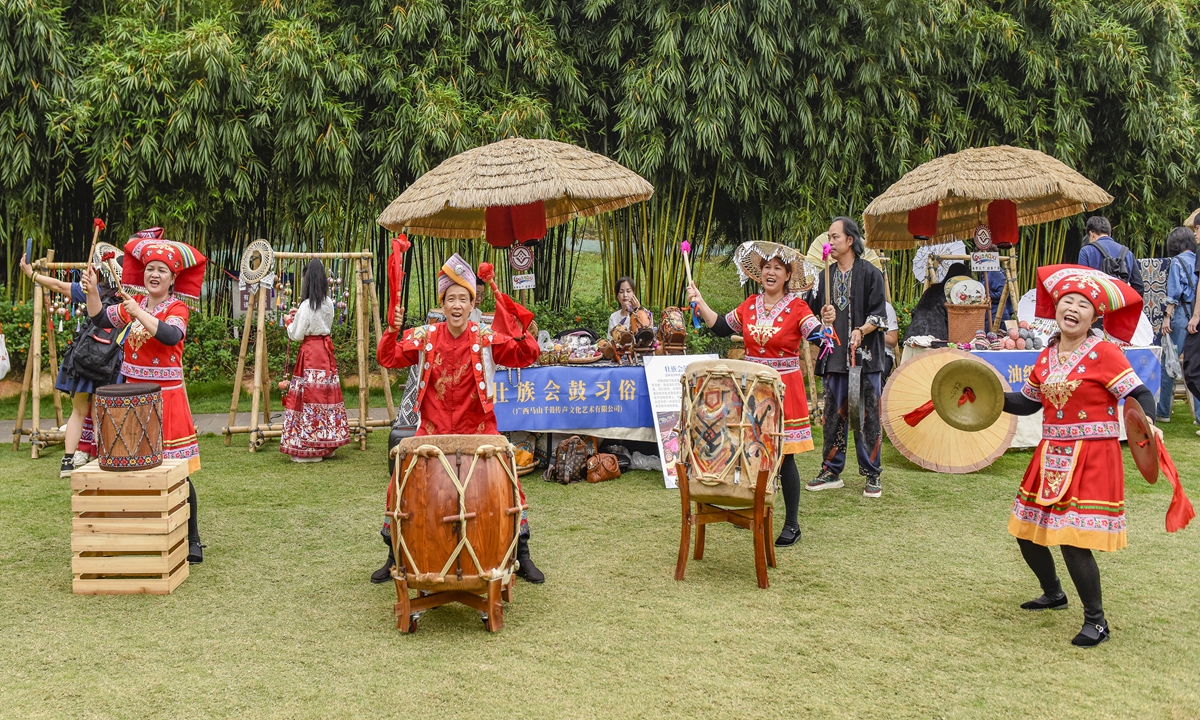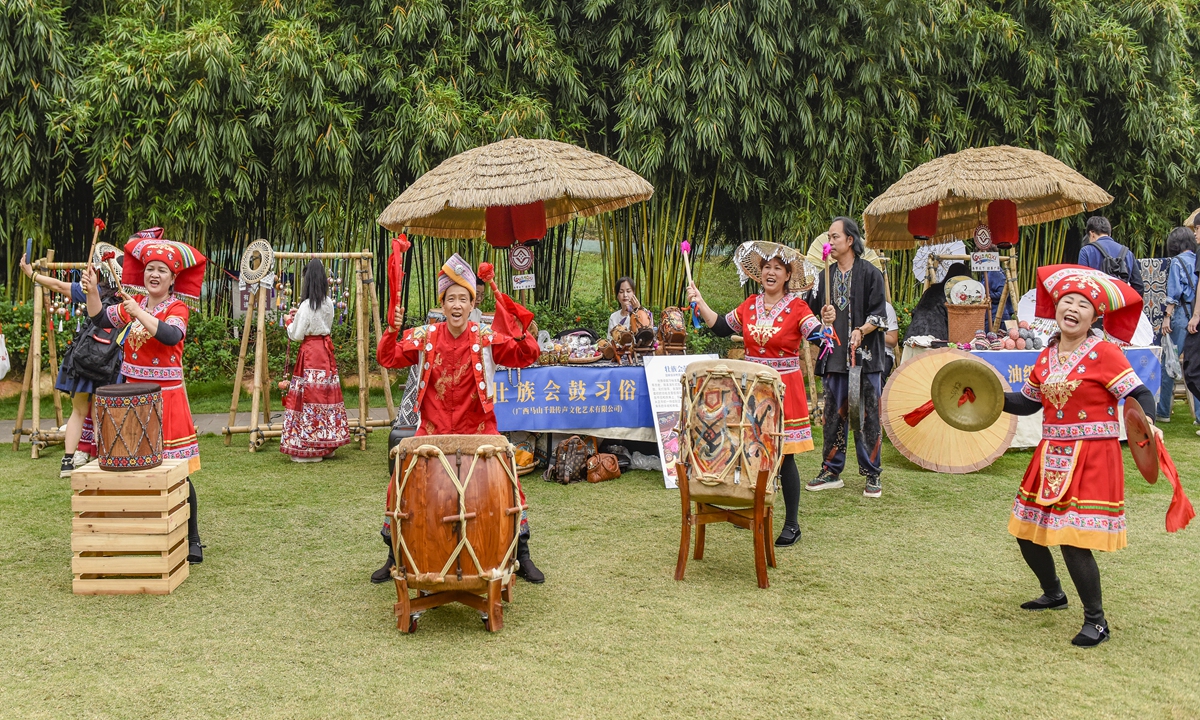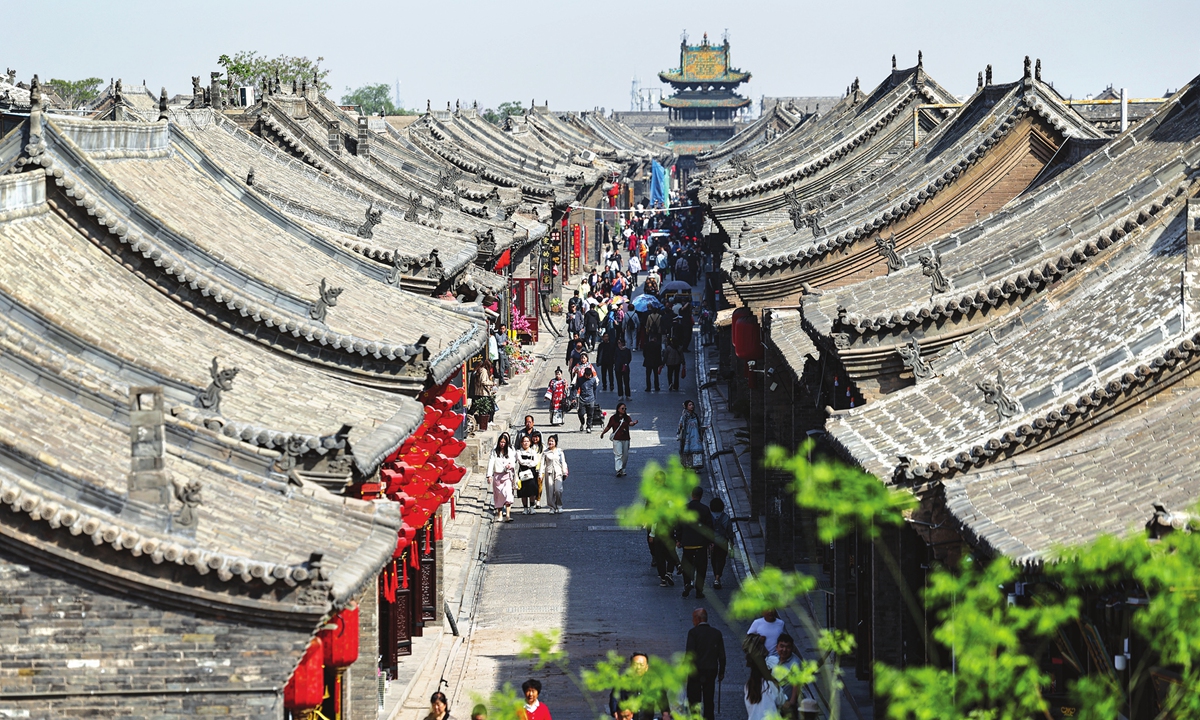
Pingyao Ancient City, a UNESCO World Cultural Heritage in Northwest China’s Shanxi Province Photo: VCG
A total of 102 architectural heritage projects have been included in the 9th Batch of China’s 20th Century Architectural Heritage Projects for the better protection of the heritage in Chinese architecture in the 20th century. Experts said China has transitioned from “cultural relic protection” to “cultural heritage protection,” and this awareness will provide new possibilities for urban development and cultural preservation, according to the report of China News on Sunday.
The list of projects in the 9th batch of China’s 20th century architectural heritage is revealed at the “Public Vision of 20th Century Heritage – Introduction of the 9th Batch of China’s 20th Century Architectural Heritage Projects and Seminar” held in Tianjin on Saturday, which included Tianjin Ancient Culture Street, the people’s congress hall in Ningbo, East China’s Zhejiang Province, Jiangxi Provincial Art Museum in East China’s Jiangxi Province among others, China News reported.
An academic highlight of the event was the release of the China 20th Century Architectural Heritage Annual Report (2014-24) blue book.
According to reports, the significance and value of the blue book publication lie in summarizing the development process of China’s 20th century architectural heritage over the past decade, praising the achievements of China’s 20th century architectural heritage over the past decade, and proposing the future development vision of China’s 20th century architectural heritage.
Industry insiders delivered keynote speeches, examining the concept of 20th-century architectural heritage from different perspectives. They also provided attendees with a new perspective on the activation and utilization of architectural heritage from an international standpoint. Other participating experts shared their design experiences, insights, and feelings in heritage preservation and development.
Shan Jixiang, chairman of the China Cultural Relics Academy and director of the Academic Committee of the Palace Museum, said that “activation” is the focus of the protection of these buildings. “20th century architectural heritage is not ‘frozen,’ but changes with the times. A historical building or zone must be given today’s functions, used correctly, and utilized reasonably.”
“Compared with traditional wooden ancient buildings, industrial heritage has a wider range of uses.” Taking Beijing’s Shougang Park as an example, Shan introduced the importance of “activation.”
“Shougang Park used to be a steel production base, but has now become an industrial heritage park after ceasing production. Many large-scale cultural, tourism, and sports activities are taking place in Shougang Park, and its functions are constantly expanding,” Shan said.
He added that protecting 20th-century architectural heritage is not just the task of the government or cultural departments but the responsibility of all people.
Only when the general public understands the value of these heritage sites and their significance for future generations will they be carefully preserved, gain “dignity,” and become a positive force for economic and social development, benefiting the daily and cultural lives of more people.
Regarding the current situation of the protection of Chinese cultural heritage, Shan told the Global Times that China has transitioned from “cultural relic protection” to “cultural heritage protection”; from only protecting ancient cultural relics to protecting contemporary and 20th-century cultural heritage; and from only protecting “a bridge or a tower” to protecting corridors for commodity trade and cultural exchange.
“The activation of buildings” not only continues the value of historical heritage but also provides new possibilities for urban development.
“The 20th century architectural heritage builds a bridge between the past and the future. We should balance the relationship between protection and activation, paving the way for future urban construction and cultural preservation,” Shan said.
